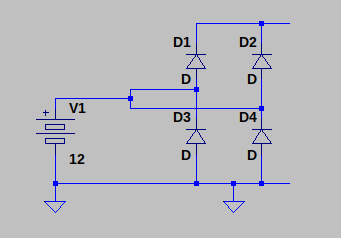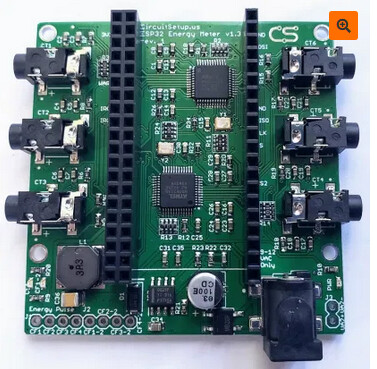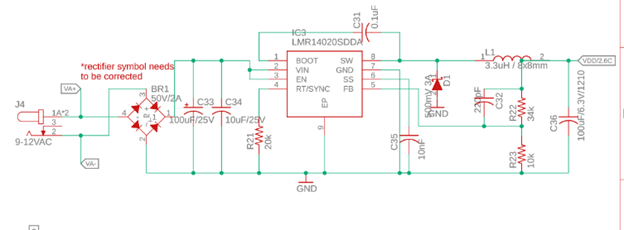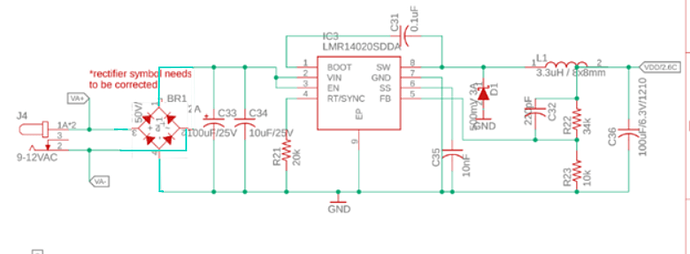Hoping to get advice on design input power to Electronics.
I have an Pi 4 running EMONCMS Version low-write 10.3.
An Arduino Atmega328 custom board is used to count water and gas pulses.
An ESP32 inserted on top of the 6 Channel ESP32 Energy Board sold by CircuitSetup.
Both Arduino, and ESP32 Energy Board programs have been modified, and wired serially to the Emoncms Pi for communications.
Currently, I am powering all three devices using the method in the drawing, which one 120/9 VAC transformer. I use the 9 VAC for the 6 Channel ESP32 Energy Board, then rectify, and use a 5 Volt DC to DC Converter to power the EmonPI and Arduino. I live in the States, and the power is clean and not many dips or spikes.
Attached is a drawing of the Power connection to all three connections. The drawing just represents the power section, much of the other electronics has been omitted, such as Input Pulse circuitry, digital inputs, relay outputs, i2c sensors.
I am building another one for our retirement home in the Philippines coming up in 2 years. Installing an EmonCMS metering will be a precursor to installing solar panels. The power in the Philippines is 220V with frequency of 60Hz. In the Philippines, there are frequent brown-outs, and I can assume the power is not as clean as the States. Probably many spikes and dips. So, I am worried that the Electronics will not last long using the present input power method.
I am considering an isolated DC to DC Converter to prevent spikes to the PI and Ardiuno? But, it appears the isolation would be defeated because the ESP Energy Board non-isolated ground is common with Arduino, and Emoncms PI. I believe, I needed to connected commons to get wired serial communications to work.
Another option I was thinking of is adding another ESP32. Isolate that ESP32 with the Arduino, and Emoncms PI, then radio the non-isolated ESP32 Energy Board data to the isolated ESP32.
Also, referring to the attached drawing is there potential for Ground Loops?
I am hoping to get Robert Wall’s opinion, since he usually replies to power questions in the community posts.
Thanks in Advance.MeteringPowerDrawingRev1.pdf (859.8 KB)



